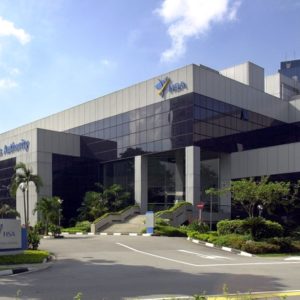Erin Stahl, a pediatric and refractive surgeon at Children’s Mercy Hospital in Kansas City, is expected to present a comprehensive paper, outlining benefits such as minimal pain and the prevention of the flow of bleeding, or hemostasis, to the American Society of Cataract and Refractive Surgery Symposium and Congress in Boston, Massachusetts.
In the paper titled, ‘The Use of a New, Water-Based Laser to Cut and Coagulate Anterior Segment Tissue,’ Dr Stahl concluded that Biolase’s water-based laser technology was well accepted in dentistry ‘has the potential to be a multipurpose cutting tool that could be used across disciplines’ in eye surgery. The multiple ophthalmic applications for the Biolase laser technology include presbyopia, plastic surgery, glaucoma, strabismus (the abnormal alignment of the eyes) and anterior segment/sclera.
Dr Stahl noted that, in general, there are similarities to the uses of water-based laser technologies in dentistry and eye surgery in part because the tissues in the mouth are similar to those on and around the eye. Dr Stahl has investigated using a YSGG Waterlase Laser created by Biolase to cut various ocular tissues in a laboratory setting.
Biolase has developed a variety of water-based dental laser systems as well as the FDA-cleared Occulase MD Laser System, developed specifically for general ophthalmic soft tissue surgical applications including presbyopia, or the inability to focus on near objects, typically due to aging. Presbyopia affects a majority of adults over the age of 40.
Dr Stahl said: “The water-based laser device has been very successful in dentistry because it can cut hard and soft tissue and has a unique way of cutting, with low inflammation and a lack of bleeding. That may translate into a variety of potential uses for ophthalmology for such things as bone sculpting and tissue dissection with hemostatis for plastic surgery, angle surgery for glaucoma, and scleral incisions for relaxing procedures or implant placement.”




